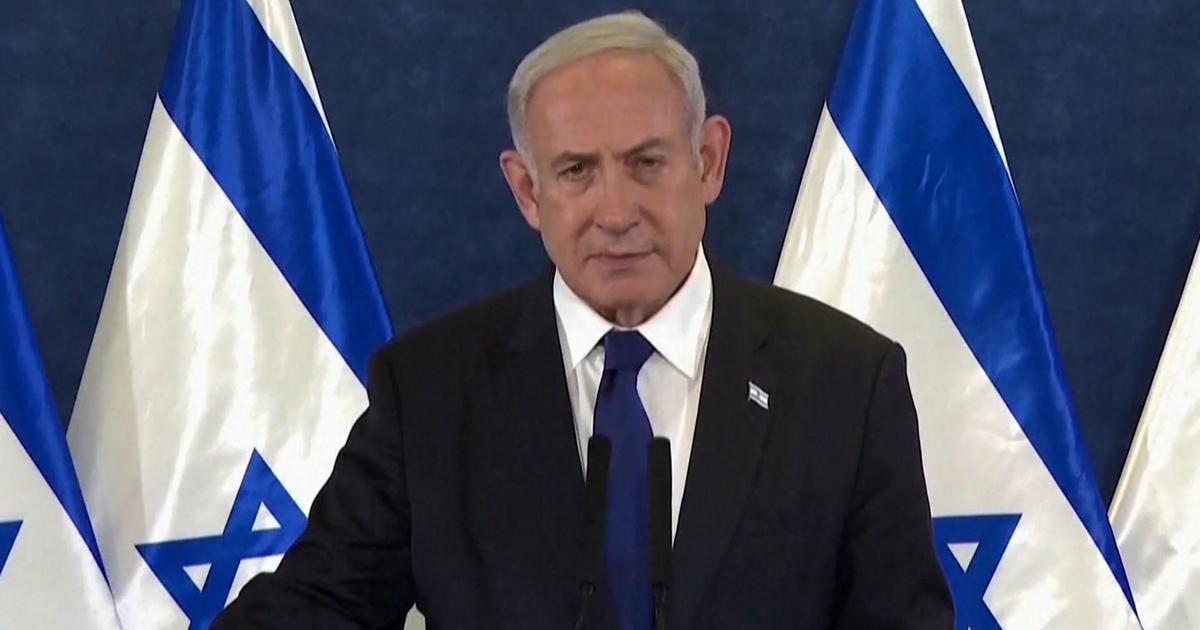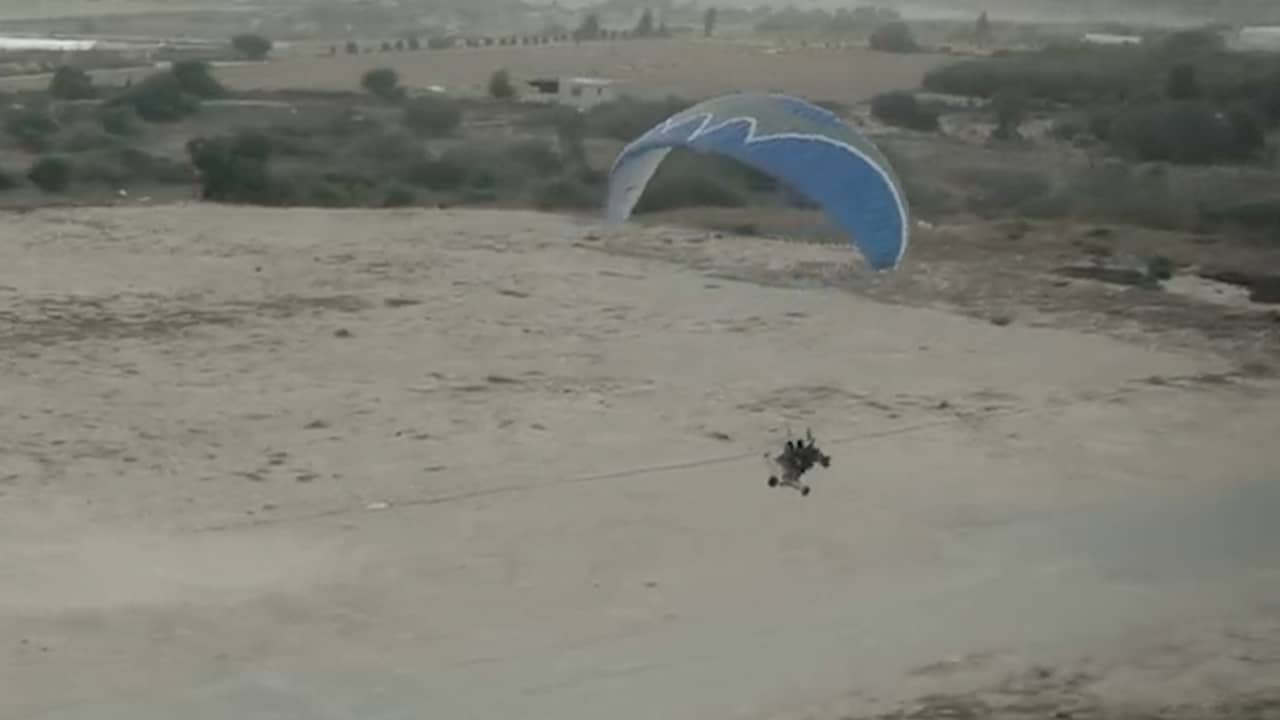Hamas’s Shocking Assault on Israel’s ‘Iron Wall Was A Preparation in Plain Sight; Posting Video Of Mock Attack Weeks Before Cross Border Assault
The shocking breach of Israel's heavily fortified "Iron Wall" by Hamas fighters, leading to a devastating attack with over 1,200 Israeli casualties, raised questions about how such an assault could have been prepared right under the noses of Israeli intelligence. However, this shocking event did not happen entirely out of the blue. Less than a month before the attack, Hamas conducted a highly publicized dress rehearsal, even posting a propaganda video of their operation on social media.

Hamas openly practiced its assault, even posting a video of a mock attack just weeks before the breach of Israel’s advanced “Iron Wall” that resulted in over 1,200 Israeli casualties.
Roughly a month before the attack, the militant group conducted a publicized dress rehearsal.
Hamas shared a two-minute propaganda video on September 12, showcasing fighters using explosives to breach a replica of the border gate. They then proceeded to move through a life-sized reconstruction of an Israeli town, firing automatic weapons at human-silhouetted paper targets.
The live-fire exercise, named “Strong Pillar,” included fighters in body armor and combat gear, replicating the destruction of mock wall towers and a communications antenna, similar to their real attack.
Although Israel’s respected security and intelligence services appeared unprepared for the breach, Hamas had conspicuously showcased its extensive preparations.

As a review and details were verified from numerous Hamas videos posted over the past year on platforms like Telegram, using satellite imagery, it was determined that the mocked-up town matched a location outside Al-Mawasi, a Palestinian town on the southern Gaza coast.
There are indications that Hamas may have deliberately misled Israeli officials into believing that they planned to conduct raids in the West Bank, rather than Gaza.
Notably, this year’s exercise was moved up by nearly four months to coincide with the anniversary of Israel’s 2005 withdrawal from Gaza.
In a separate video from last year’s “Strong Pillar” exercise, Hamas fighters stormed what appeared to be a mock Israeli military base, complete with a model tank bearing an Israeli flag.
Michael Milshtein, a retired Israeli colonel overseeing Palestinian territories, acknowledged the Hamas videos but was surprised by the extent and coordination of the attack.
Israel’s inability to anticipate and thwart the attack can be traced back a decade when recurring tunneling attacks led Prime Minister Benjamin Netanyahu to propose building a more substantial wall.
With U.S. financial assistance, Israel completed a $1.1 billion project in 2021 to fortify its 40-mile Gaza border with an upgraded barrier featuring cameras, razor wire, seismic sensors, and remote-controlled machine guns.
However, on Saturday, Hamas fighters breached this fortified wall swiftly and inexpensively, using explosives, bulldozers, commercial drones adapted to carry explosives, and unconventional tactics.
The attack displayed a level of sophistication previously unseen from Hamas, suggesting potential external support.

The military acknowledges the need for an investigation but emphasizes the current priority is to respond to the attack.
In Netanyahu’s efforts to build border walls, he had the support of then-President Donald Trump, who saw the Iron Wall as a model for the U.S.-Mexico border, and the U.S. then expanded an initiative to develop tunnel detection technologies along the Gaza border during the Trump administration.
Despite all the high-tech features of the Iron Wall, it proved breachable. Ultimately, what made the attack remarkable was Hamas’s ability to conceal its preparations.

How The Hamas Did It
- Once the wall was breached, Hamas fighters streamed through by the hundreds.
- A video showed a lone Israeli battle tank rushing to the site of the attack, only to be attacked and quickly destroyed in a ball of flame.
- Hamas then disabled radio towers and radar sites, likely impeding the ability of the Israeli commanders to see and understand the extent of the attack.
- Hamas forces also struck a nearby army base near Zikim, engaging in an intense firefight with Israeli troops before overrunning the post. Videos posted by Hamas show graphic scenes with dozens of dead Israeli soldiers.

- They then fanned out across the countryside of Southern Israel, attacking kibbutzim and a music festival.
- On the bodies of some of the Hamas militants killed during the invasion were detailed maps showing planned zones and routes of attack, according to images posted by Israeli first responders who recovered some of the corpses.
Israeli authorities announced Wednesday they had recovered the bodies of about 1,500 Hamas militants, though no details were provided about where they were found or how they died.
Military experts told the AP the attack showed a level of sophistication not previously exhibited by Hamas, likely suggesting they had external help.
Details of the operation were kept so tight that some Hamas fighters who took part in the assault Saturday believed they were heading to just another drill, showing up in street clothes rather than their uniforms, Barakeh said.
The Last Bit
The audacious assault on Israel’s “Iron Wall” by Hamas forces was a grave wake-up call, highlighting a sophisticated level of preparation and execution that left Israel’s security apparatus reeling.
Despite clear signs and indicators, the intelligence community was unable to prevent this horrific act of terror.
As Israel grapples with the aftermath of this attack, it becomes evident that while physical barriers like walls may provide a level of security, the determination and resourcefulness of attackers can find ways to overcome them.




